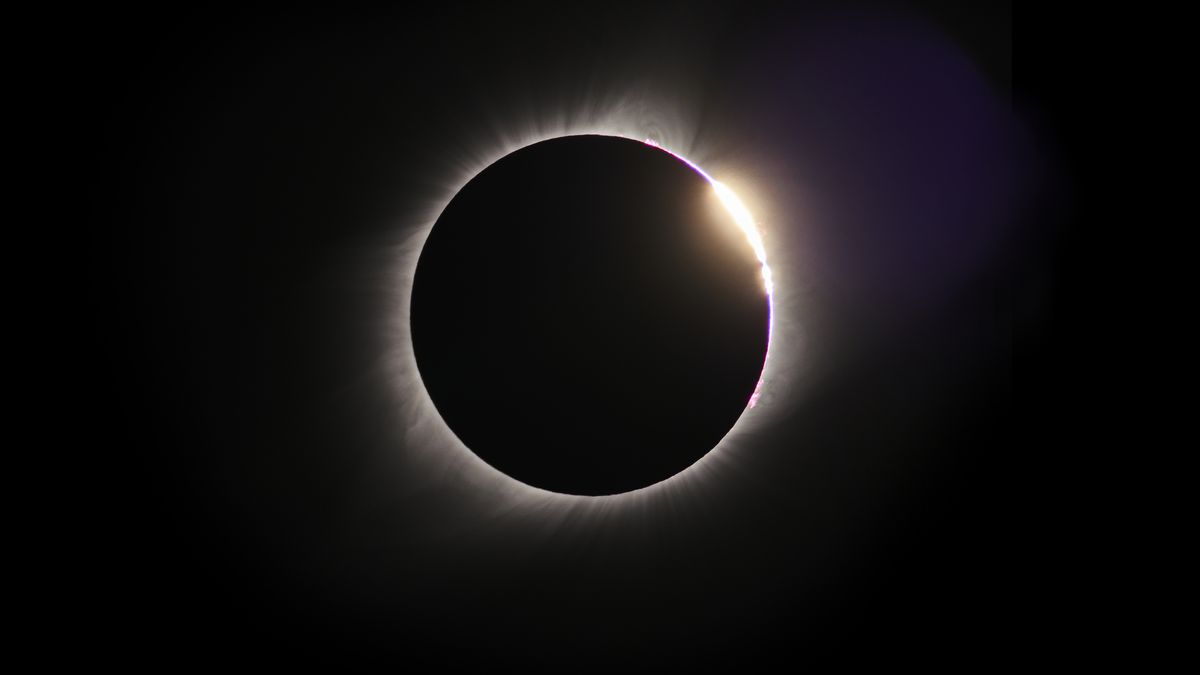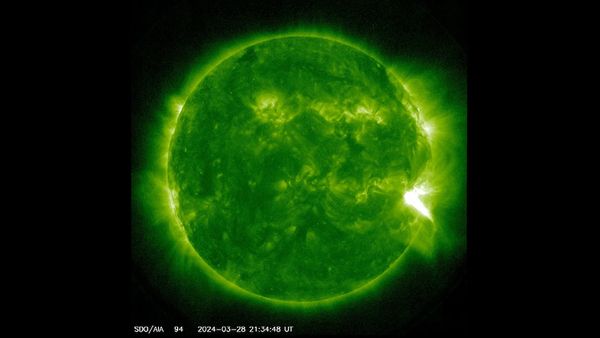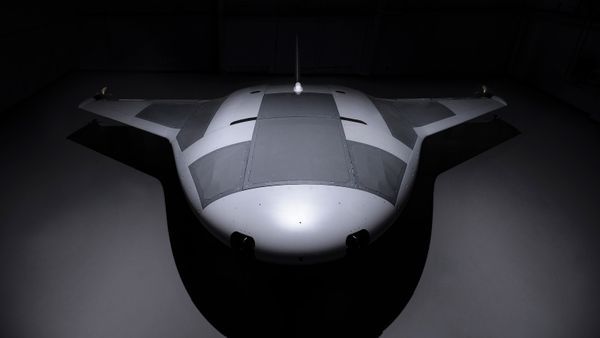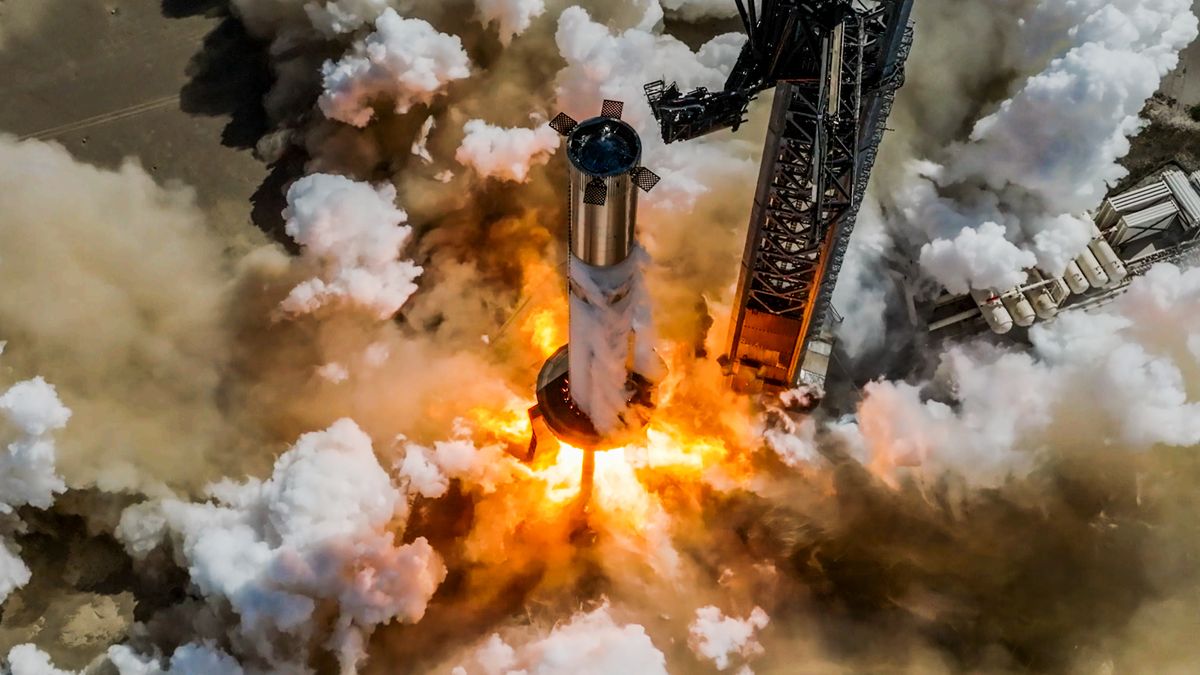Annular Solar Eclipse 2024
Only 28 days to go until the total solar eclipse sweeps across North America on April 8! But how much do you know about it? From exactly how long the moon’s central shadow will move across the planet to why the event will repeat for hundreds of years — and one day return to North America — here are ten facts that may surprise you.
What to See and Photograph During the Eclipse
From ‘shadow snakes’ and ‘double diamonds’ to Baily’s beads and the corona, there’s so much to look out for on April 8. While totality may be the visual, experiential, and photographic highlight of the total solar eclipse on Monday, April 8, it’s far from the only thing to experience. Here’s what not to miss during the entire partial phases and totality.
Eclipse Maps, Get Your Eclipse Maps!
Make sure you’re in the right place at the right time for the total solar eclipse by navigating your way to the path of totality — the 115-mile (185-kilometer) wide route through Northern America where the moon will cover 100% of the sun’s disk. Here’s a look at the path of totality for the 2024 eclipse using maps by cartographer Michael Zeiler of GreatAmericanEclipse.com.
Free Solar Eclipse Glasses
Warby Parker, known for its affordable yet trendy lenswear, has announced that all of its stores will be handing out free solar eclipse viewing glasses starting April 1 until the big day — April 8. Warby Parker confirms that the glasses, manufactured by American Paper Optics, are ISO-certified — which means they meet an international safety standard for solar viewing.
The Eclipse App
The Eclipse Company has developed ‘The Eclipse App’ in partnership with the Planetary Society. It is available for free for iOS in the App Store and for Android in the Play Store. The Eclipse App is a great resource for people wanting to connect with local communities that lie within the path of totality. Users can browse local communities and save an itinerary of activities, as well as seek out official parking locations and explore local points of interest.
Astronauts on the ISS
The Expedition 71 crew, which will include SpaceX’s Crew-8 slated to launch no earlier than March 2, is finalizing its solar eclipse observing schedule. The goal is to catch the event from the International Space Station as it sweeps over the United States on April 8. However, NASA astronauts told Space.com on Jan. 25 that, while the cameras are ready and the astronauts are trained, timing can’t be decided for a long time.
Location Location Location!
Find out where the total solar eclipse 2024 will be visible from and make sure you’re in the best spot to experience totality at its finest. The total solar eclipse will be visible through northern Mexico, parts of 15 U.S. states and southeastern Canada. It will be one of the most watched eclipses ever with over 32 million people living within the path of totality.
Don’t Get the Eclipse Wrong!
With just 39 days to go until the total solar eclipse on April 8, now is the time to make sure you plan to be in the right place at the right time! Here’s why you need to get to the path of totality and why settling for “99% totality” will not do.
NASA Investigating Nature Impact
While humans will enjoy the majesty of the total solar eclipse as it sweeps across several states in the U.S. on April 8, 2024, the celestial event will also be experienced by flora and fauna. That’s why the NASA-funded Eclipse Soundscapes Project will observe and collate the sights and sounds of the total solar eclipse to allow humanity to better understand how such events can impact wildlife. The agency is also urging the public to join in on this effort.
Space.com’s Eclipse Bookazine
Space.com has come to print with a special magazine that guides you through all the information you will need to safely view and enjoy the most exciting astronomical event of 2024: a total solar eclipse that will sweep across the United States on April 8. It’s on sale now, and you can buy it here through Magazines Direct.
Test Drive Eclipse Glasses!
If you’re all prepared for the upcoming total solar eclipse on April 8 then it’s likely you have already got your eclipse glasses at the ready, so why not give them a test run before the big day? Remember to NEVER look at the sun without appropriate safety equipment. Only Observers need to wear solar eclipse glasses, and cameras, telescopes, and binoculars must have solar filters placed in front of their lenses at all times. Want some more tips on how to view the sun and what to look out for check out our handy sun viewing guide.
Delta Air Lines Offers Special Eclipse Flight
We’re now just 46 days out from the total solar eclipse on April 8; do you know where you’ll be seeing it from? If you’re still making plans, Delta Air Lines is offering a unique way to experience the total solar eclipse with a special flight along the path of totality. A Delta flight from Austin, Texas to Detroit, Michigan will fly along the path of the moon’s shadow during the total solar eclipse on April 8, 2024, offering passengers an extended view at the longest and most visible total solar eclipse for the US in 100 years. It’ll certainly be a flight to remember!
How to Photograph the 2024 Total Solar Eclipse with a Smartphone
The 2024 total solar eclipse is just 52 days away! For many of us, the eclipse will be a once-in-a-lifetime event, and we’ll want the photos to look back upon. But even if you don’t have a professional photography rig, it’s possible to produce spectacular images and videos of April’s total solar eclipse across North America using a smartphone. We’ve assembled a list of expert tips to help you get the best photos of the total solar eclipse possible using only your mobile device.
Equipment You Need to View the Solar Eclipse
With 53 days to go until the total solar eclipse, it’s time to make sure you have everything you need! To help you get the most out of your solar eclipse viewing experience we’ve rounded up some of the best solar viewing equipment including solar glasses, telescopes, binoculars and filters.
Image/Photo credit: source url





